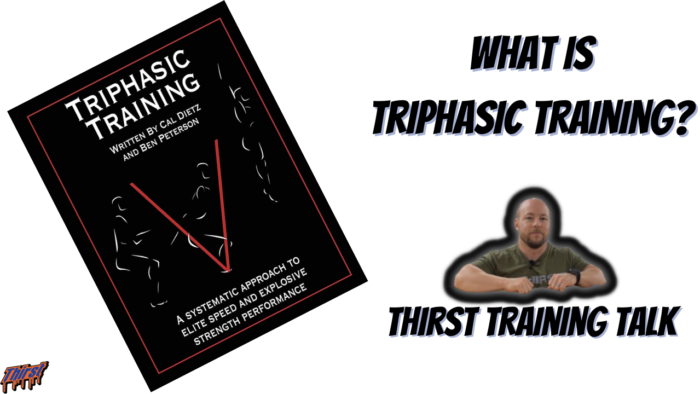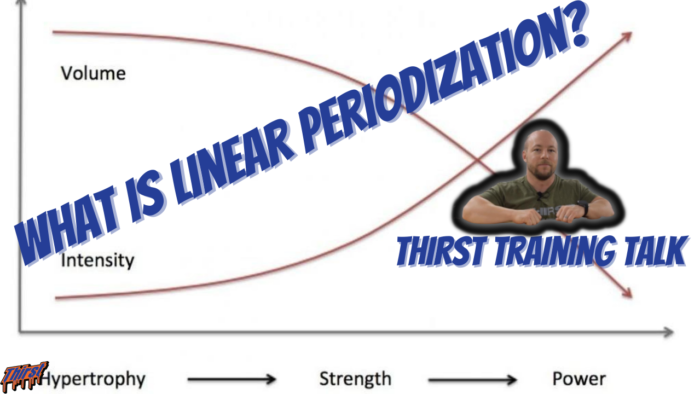What Is Triphasic Training?
Discover the power of triphasic training, a sophisticated approach to strength and athletic development that breaks down movement into three crucial phases: eccentric, isometric, and concentric. This comprehensive guide explores how to implement this proven methodology, popularized by Cal Dietz, for both athletes and powerlifters, offering practical strategies to enhance force production and overcome training plateaus. Whether you’re a coach, athlete, or strength enthusiast, learn how to effectively integrate this block periodization model into your training program for optimal performance gains.




